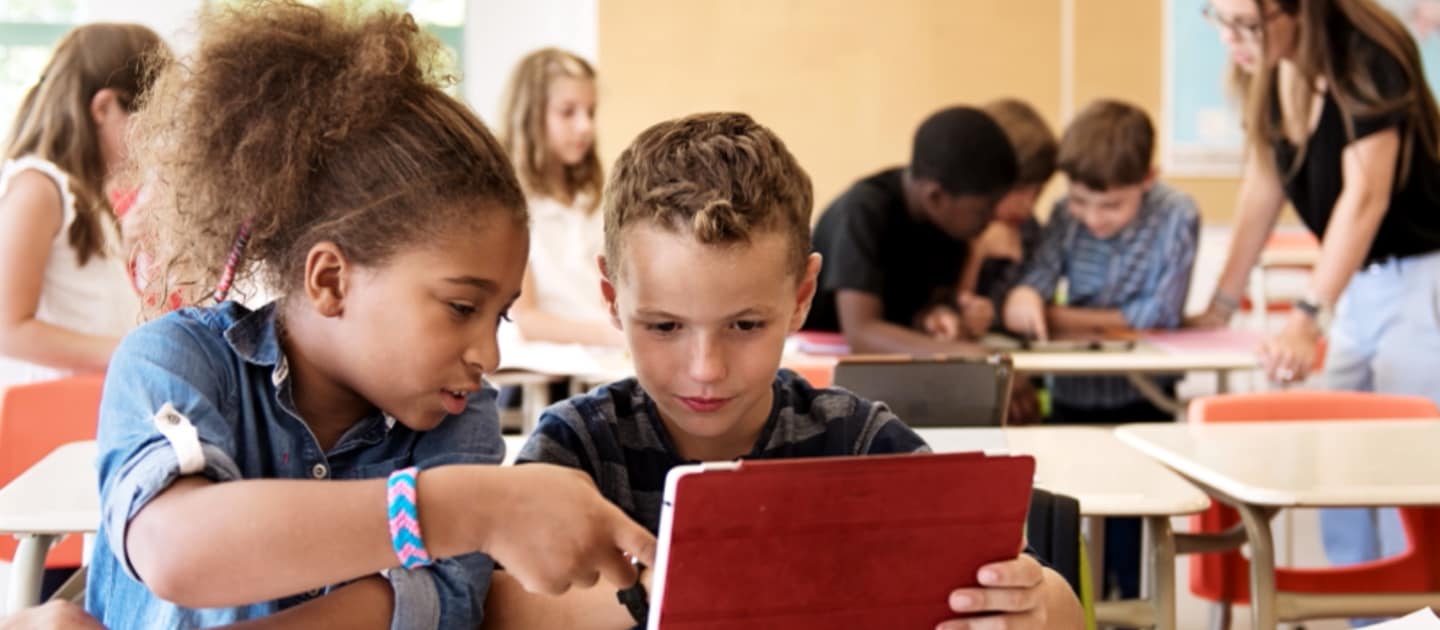Repositioning Families to be Active Change Agents

Families should be valued, and we should reconceptualize families as central stakeholders, seen and treated as significant contributors who have authority to influence and impact the trajectory of content and research decisions.
Will direct engagement with learners change how you provide behavioral support?

The core of personalized learning lies in the direct engagement with our learners through one-to-one sessions and one-to-one conferences. This engagement allows students to connect, identify, activate and be empowered throughout their personalized learning journey.
Let’s get connected through personalized learning.

Reflections from students, teachers, and parents in this study show how the personalized learning experience not only produced expert learners but connected members of the learning community, which proved to be a meaningful and valuable experience to all involved.
How can you affect students’ emotions?

Social Emotional Learning (SEL) focuses on improving the learners’ interaction with others and self-management of their emotions. These SEL skills sometimes have to be explicitly taught with added practice to help students form successful relationships with peers, teachers, family and the community.
How can teachers improve engagement in a virtual setting?

This article provides educators with a manual on how to utilize positive and proactive behaviour management strategies to improve student engagement in virtual environments using platforms like Zoom or G Suite.
Impact and implications of the relationship between parents’ psychosocial qualities and emotional/behavioral problems in children with autism spectrum disorder

Key Takeaway: Findings suggest that perceived social support predicts emotional/behavioral problems in children with ASD mainly through its influence on parental resilience and parental self-efficacy. As such, developing parents’ psychosocial characteristics through the provision of resources and support, targeted parent education, and relationship-building between parents and professionals is critical to promoting the development of children […]
Student–teacher relationship quality and prosocial behaviour: The mediating role of academic achievement and a positive attitude towards school

Developing strong relationships with your students that are characterized by closeness and support can act as a protective factor for the students. Teachers can stimulate prosocial behaviours through this relational model, as well as help the child to feel included in and develop positive attitudes towards the school climate.
Classroom Menus for Supporting the Academic Success of Diverse Learners

Utilizing both classroom menus and UDL design challenges can help educators plan a range of activities in their classes which can serve as a “buffet” from which learners can pick “just right” activities.
Addressing Overrepresentation of English Language Learners in Special Education during the COVID-19 Pandemic

Implementing six effective vocabulary acquisition strategies (VAS) within the frameworks of self-regulated and multimedia learning may not only have promising effects on the language acquisition of ELLs but it may also prevent ELLs being falsely identified for special education eligibility.
Fostering High University and Vocational Expectations during Adolescence through Discussions

For learners, frequent educational and vocational discussions with friends, family, and teachers during adolescence can be incredibly important in fostering their aspirations and transforming them into reality.
